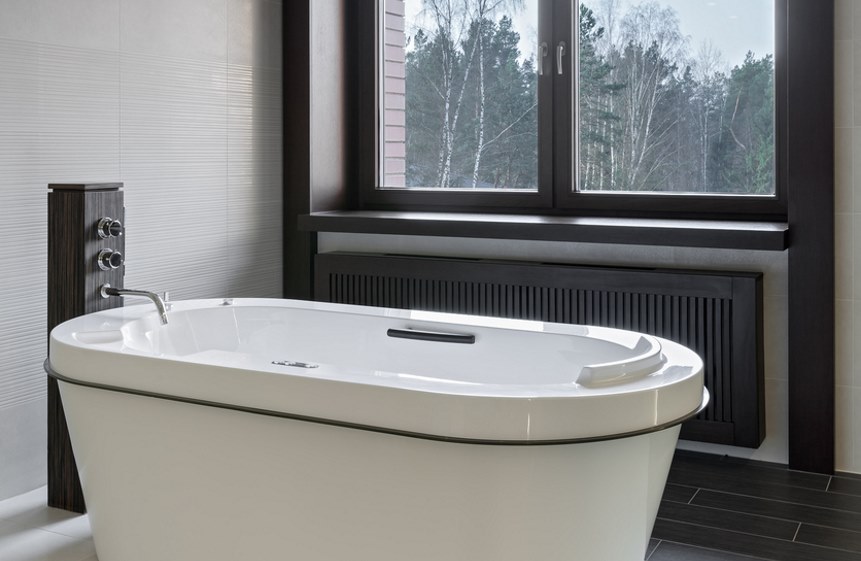
When replacing windows, it’s easy to forget that some rooms in the home should be treated differently to others.
Kitchens and bathrooms are unique in that more moisture is produced in these rooms than any others and therefore special consideration must be given to:
Ventilation
According to Planning Portal, the general rules for ventilating a room are as follows:
Purge
This is achieved by opening the window. The opening should have a typical area of at least 1/20th of the floor area of the room served, unless it is a bathroom which can be any openable size.
Trickle ventilation
This can be incorporated in to the head of the window framework, or by some other means. The area varies with the type of room:
- Habitable room - 5,000 mm² equivalent area
- Kitchen, utility, bathroom (with or without WC) - 2,500 mm² equivalent area
Both these forms of ventilation are normally required, however alternative approaches to ventilation, such as mechanical extractor fans, may also be acceptable but would need agreement from the building control body.
Meeting building regulations
With any home alteration, including replacing windows, it’s important to check you are meeting the government’s building regulations. For kitchen and bathroom windows, these will mainly concern maintaining adequate ventilation to maintain indoor air quality.
The building regulations around ventilation in England can be accessed here.
If you’re adding new windows to your kitchen or bathroom, such as a rooflight, which will in theory create extra ventilation, you should firstly check whether you need planning permission, in addition to checking whether you’ll be meeting ventilation requirements.
Tips for preventing damp
Condensation is the most common form of damp to be found in the home – particularly in kitchens and bathrooms, where moisture is often in the air from cooking, running the washing machine or dishwasher, and showering or bathing.
If not addressed, condensation can create mould growth, which can lead to health issues, not to mention causing damage to walls and looking unsightly.
So here are some small measures you can take to reduce condensation levels in your home:
- Make sure your washing machine, tumble dryer and dishwasher are properly vented
- Close the door when cooking, showering or bathing to stop steam from reaching colder rooms in the home and causing condensation
- Leave extractor fans on after you finish cooking/showering to clear the air
- Wipe down any cold surfaces that collect moisture while you’re cooking or showering
- Leave space between your furniture and walls to allow air to circulate
- Dry clothes outside if possible, or if not open doors and windows in the room where they are hanging to dry
- Heat your home adequately to raise the temperature of surfaces within it and prevent condensation from forming
- Improve the energy efficiency of your home by insulating your walls and installing double- or triple-glazed windows with extra insulation
- Where possible, open windows in rooms that are used regularly, since breathing contributes to condensation
- Ensure your doors and windows are installed correctly and are weather tight. If condensation builds up on the glass it could be a sign the glass unit has blown.
